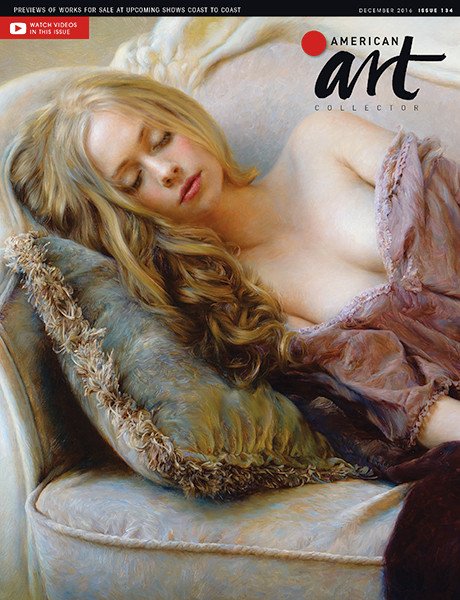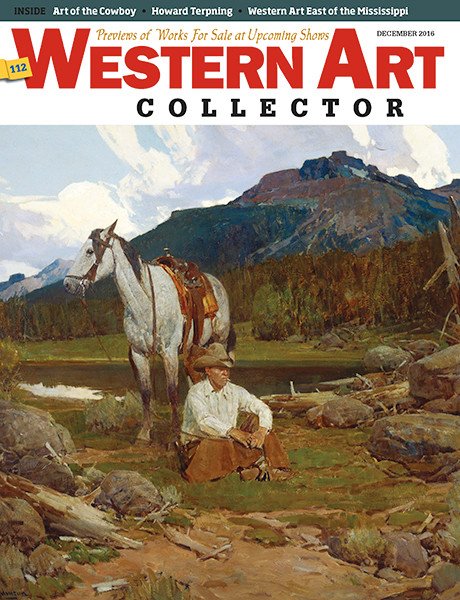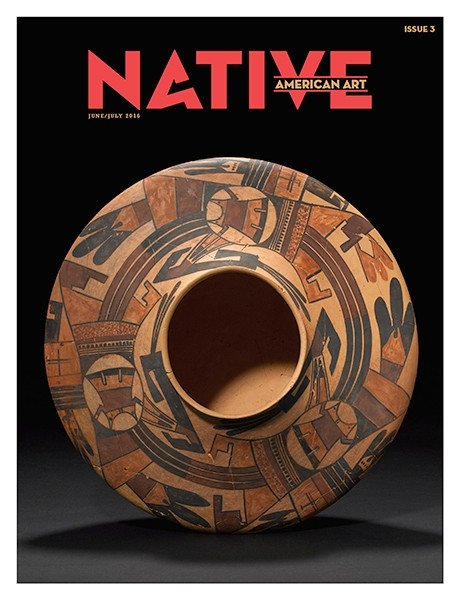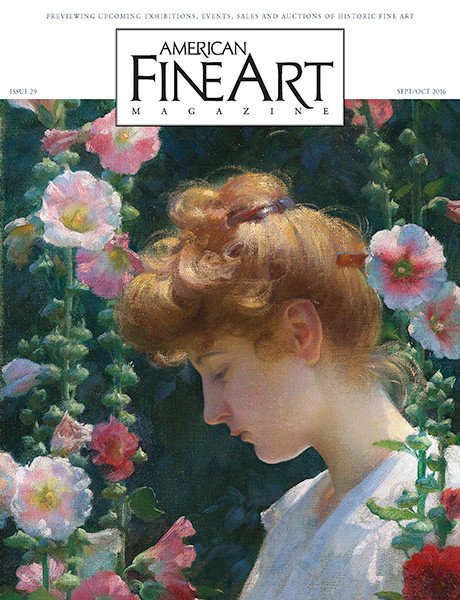
Michael Dumas, White-throated Sparrow, Polychromos oil-based pencils on Bristol paper, 9 x 11½" (22 x 29 cm)
Part 1: References, Observation and Getting to Know Your Subject
Forrest discusses developing an awareness for birds, the basics of taking reference photos and more
Having previously been a full-time wildlife artist for some 10 years, in late 2019 I finally regained the desire to paint again—birds in particular—after a 30-year absence from art.
For anyone with an interest in bird art, the first step is to develop an interest in birds themselves, which likely goes without saying. Once this awareness is manifested, birds are everywhere. It is difficult to spend time outdoors without hearing and seeing them. In a coastal or marsh environment, the shorebirds, gulls, waterfowl and herons are ubiquitous. Inland, many of the same birds are present along with game birds, raptors, songbirds, etc. It stays interesting since the bird population frequently changes with the season. Pretty much wherever you live there are numerous wildlife refuges, parks and wilderness areas easily located by internet research. Back home, put up some bird feeders to attract songbirds (as a bonus you’ll also get to observe squirrels).
So how do you translate the observed bird to a paintable subject? In today’s digital age with Instagram, Pinterest and other photo sharing sites, there are no shortages of outstanding bird reference photos. Copyright issues aside, the art ethics of creating work dictate taking the photo yourself, getting permission from the photographer or buying the rights to use a photo. If the work is to be entered into most of the major juried shows, the rules require any reference images be taken by the artist. Thus the answer for me is field observation followed by individual reference photography, along with anatomical review.

Christopher Forrest, Morning Meanders, oil on Raymar panel, 16 x 24" (40 x 60 cm)
Today’s digital cameras are capable of amazing photos, however the choices and price range are staggering. But in general, the Sony superzoom bridge camera is great for everyday photography. Note that today’s cameras have a setting that focuses on the animal’s eye.
The settings I use for birds are as follows: shutter speed 1/2000 (for my predilections I want to freeze the wings), a low aperture setting to let in more light (f5.6), and the ISO floats. For anything else there is “scene” or automatic, and all modern cameras have some sort of automatic setting. I tend to shoot raw for maximum information. All I want from my photos are reference material in order to paint. While I had extensive photography experience previously with a film camera, that background did not translate to effectively operating a high functioning digital camera. I found that to begin to properly operate these cameras, a secondary market guide is essential, with quite a few on the market for most cameras.

Michael Dumas, Bald Eagles, graphite on paper (preliminary study), 25 x 30" (63 x 76 cm)
The photographs yield shapes and images of wildlife that can be integrated into the scene in a secondary role to add life to the painting and also be a complementary to the atmosphere of the scene. Or, it can be the subject.
For me, photography is always accompanied by an anatomical review. An essential step to understand the anatomy of birds is utilizing the U.S. Fish & Wildlife Service’s “Feather Atlas” online. This site has reference pictures of the primary, secondary and tail feathers of every bird I’ve ever looked up. Photographs never yield all the needed information. There are also some great anatomy books like David Mohrhardt’s Encyclopedia of Bird Reference Drawings, which is as close to essential as possible. Other excellent supplements include Bird Anatomy for Artists by Natalia Balo and The Law’s Guide to Drawing Birds by John Muir Laws.
Over the years I’ve built up a collection of some four dozen bird mounts or skins. To have a mount to handle is incredibly helpful in understanding how feathers in different parts of the body work. Note that what is available species wise is strictly regulated. Sources are local taxidermy studios, natural science museums and refuge information centers.

Christopher Forrest, Let’s Be Friends, oil on Raymar panel, 16 x 24" (40 x 60 cm)
A big question that often comes up when creating bird art is how much detail to add for flying birds. This certainly is an area of significant divergence of opinion, and one I’ve spent a lot of time reflecting on. However, given that today’s representational art runs the gamut from impressionism and plein air to hyperrealism, why should painting birds in flight be any different? Icons of this arena that you should study are J. Fenwick Lansdowne, Robert Bateman, Guy Coheleach and Manfred Schatz. Lansdowne masterfully rendered everything, Schatz had blurs for moving wings. Bateman and Coheleach are definitely looser than Lansdowne, but major feathers are still rendered. Where do I see myself? I attempt to render the wildlife consistent with the level of representation of that area of the painting. Thus birds at a distance are simple shapes, and birds up close are much more detailed with greater contrast. After all of this contemplating and soul searching on the level of representation, my heartfelt advice is to paint how you want to and in a way that brings you personal fulfillment on your artistic path.

Michael Dumas, Flight of the Kestrel, oil on birch panel, 8 x 12” (20 x 30 cm)

Michael Dumas, American Kestrel, graphite on paper (preliminary study), 8 x 10” (20 x 25 cm)
My paintings are done on Raymar Arches cold-pressed oil paper on panels. The panel is given a couple of coats of low viscosity acrylic burnt sienna colored gesso. The medium is a mix of Liquin and Gamsol, and stand oil is added if there is significant blending, like a sky. The paints are Gamblin. The colors are a very typical palette. The only oddities: Naples yellow, Naples orange, Payne’s gray and Van Dyke brown (which Gamblin classifies as a gray). For brushes, I use Princeton velvetouch rounds, Trekell Crimson Taklon, Princeton Imperial and Rosemary & Co. ivory filberts, along with a Princeton snap brush for blending.
Part 2: Drawing Birds
Working primarily in dry media, Dumas explains his approach to avian anatomy, composition and layering techniques
There are many ways, stylistically, that the artist can approach the painting of birds. The following is specific to one approach. Within this there is the intent to portray things truthfully as seen with the naked eye and translated by way of personal interest and emotional response.
There is an old artist’s adage that says, “You paint best what you know best,” and I would venture this is particularly appropriate when it comes to bird life. Birds come in such a wide variety of sizes, shapes, colors and patterns, yet have certain characteristics that bind them into a single recognizable group. In addition, each species has its favorite habitat, preferred diet, variety of specific behaviors and so on. The question for the artist then, is twofold, knowing the common traits as well as those specific to the individual species. There is a marriage of art with science here, and while one or the other might be emphasized, convincing depictions of birds certainly requires something of both.

Christopher Forrest, Seahawk Ascending, oil on Raymar panel, 24 x 18" (60 x 45 cm)
Knowing the “map” of feather tracts of both body and wings allows the artist to provide structure within the overall shape or outline of the subject. This sort of information is easily acquired from ornithology diagrams of birds, and observing birds directly trains the eye to see how these features contribute to a strong sense of “birdiness” when drawn or painted with a truthfulness to real life. Likewise with color and patterning, a combination of reference sources provides a depth and breadth of information that a single source may lack. For example, there is quite a difference between the amazing sharpness that digital cameras are capable of, and the view of the same subject as seen with the naked eye. Consider also the camera being that of a single-eyed view, as compared to the binocular vision our two eyes provide, and the sense of three dimensions that come with it. Much more can be said along these lines, and taking the time to learn can be both enjoyable and inspiring. More to the point, it makes a positive difference in one’s artwork.

Michael Dumas, Bald eagles study (detail), graphite on paper.
My artwork is very much based on drawing, regardless of whether it is in the form of sketching and drawing as we normally envision, or as an extension of a finished color work, like colored pencils or paint. I do a lot of sketching from life, specimens and photos I have taken. I use this practice to explore postures, composition, behaviors, etc. It is also useful in experimenting with different types of drawing mediums, and perhaps even more importantly, different surfaces on which to draw. It seems to me that the surface being worked on provides as much, if not more influence on the characteristics of the final work. A very soft and smooth watercolor paper, such as the Lanaquarelle brand, is very sympathetic to smooth, soft, blending, and is suitable for depicting birds that have comparable qualities in their plumage. Fabriano watercolor paper has a hard surface, and a drawing done on it will be a much crisper one. Learning to choose the material that best suits the subject is a valuable thing to have in an artist’s toolbox.

Christopher Forrest, We All Have Aspirations, acrylic on Raymar panel, 16 x 20” (40 x 50 cm)
Recently I have been working with Polychromos colored pencils, made by Faber-Castell. They are oil-based and harder than some other colored pencils, such as the wax-based Prismacolors. Experimenting with surfaces on which to draw has been very educational, much as just described, though with a variety of features specific to the Polychromos pencils.
In general, it is best to work lightly and proceed in successive layers, only burnishing once the final tone and color is nearly reached. Burnishing reduces the ability of the surface to accept further pigment, but counterintuitively a light pressure on the pencil will usually allow further adjustment. In portraying birds, a combination of soft blending and harder edges, depending on the type of feathers being worked on, makes for a more alive and vivid image. Taking care to adjust the tonal range, whether the subject is in a general ambient light or direct sunlight, not only creates a greater vibrancy, but a sense of three dimensions as well. Defining the structure of areas around the eyes, beak and feet also brings the subject to life, as does the selective use of detail. Defining some areas more than others will create a more natural look than if every square-inch is treated identically. Less detail in the shadows, for example, and increased detail in areas of most interest, such as the head and well-lit areas, recreates with greater fidelity the impression of observing directly from life. —






